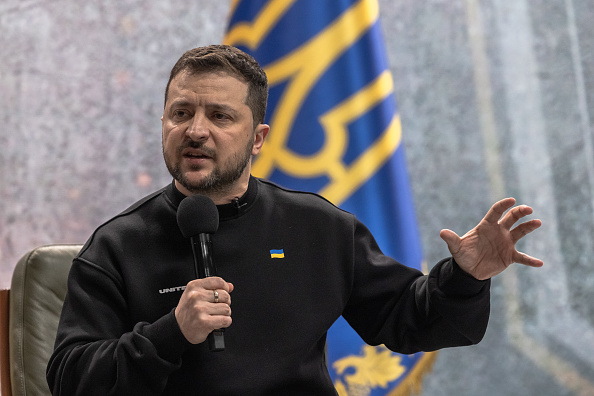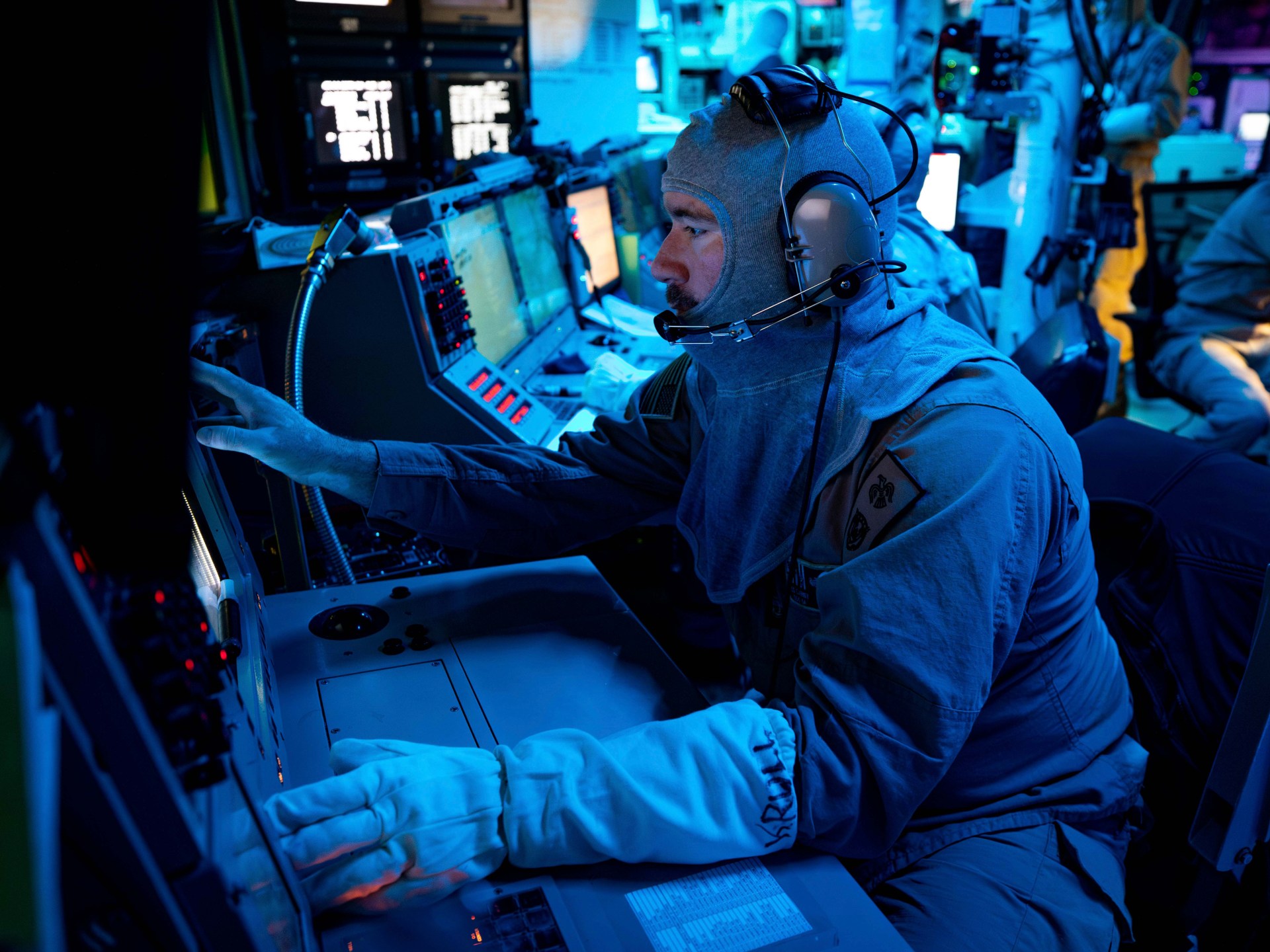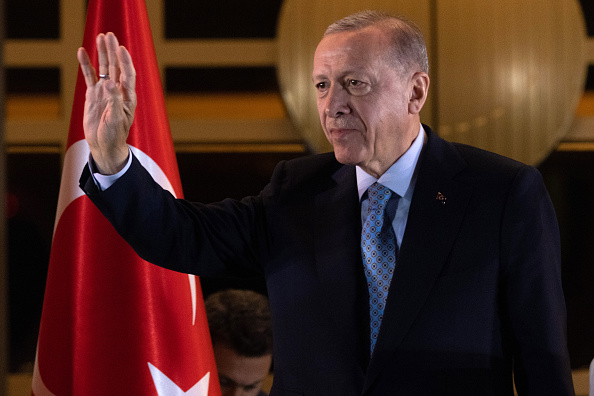Time May Be Running Short for Ukraine to Strike Back
Control of southern and eastern Ukraine – of which Russia has seized an estimated 40,000 square miles – could likely be decided in the coming months. With the snow having melted, and both sides gearing up for a Ukrainian spring offensive, that is the thinking of several top security experts, who recognize that – despite recent rhetoric – western support for the war may not only be finite, but that a stalemate could ultimately favor Russian interests.
If western help ends, the Ukrainians “will lose,” former NATO Supreme Allied Commander, Gen. Philip M. Breedlove, recently told The Cipher Brief. “They will fight valiantly until the cost is so dire that they will capitulate [and] Russia will take over Ukraine.”
“Stalemates and ceasefires are an adversary’s victory,” added Col. Mark Cancian, USMCR, (Ret.) and a senior adviser with the Center for Strategic and International Studies. Ukrainian forces “have to show their supporters in the West … that this is not a forever war. For both reasons, they need to go onto the attack.”
Delays could provide Russia with much-needed time to consolidate and harden battlefield positions, as western partners reevaluate their long-term commitments to the region. Earlier this month, German Defense Minister Boris Pistorius expressed doubts that his country could continue military support at its current pace, given existing gaps in German stocks.
“To put it bluntly, like other nations, we have a limited inventory,” Pistorius told reporters. “As federal defense minister, I cannot give everything away.”
In the U.S., despite a recent $2.6 billion military aid package, public opinion of material support has dropped. An estimated 48% of Americans now say they favor current levels of military aid for Ukraine, as opposed to the 60% polled in May of last year. One U.S. official, speaking to Reuters on the condition of anonymity, said “everybody understands that this (war) has to end at some point. And we all would like to see it end sooner rather than later.” Meanwhile, a handful of Republican lawmakers and presidential hopefuls have also criticized the scope of the aid.
There is evidence to suggest that Ukrainian leadership is listening. Recruitment efforts doubled-down this week, with the government on Tuesday approving new measures to expand conscription summones to men across the country. Since Russia’s invasion last year, Ukraine has restricted men – ages 18 to 60 – from leaving the country, but has generally not engaged in tracking them down beyond their registered addresses … until now.
Are you getting your daily national security briefing? Subscriber+Members have exclusive access to the Open Source Collection Daily Brief, keeping you up to date on global events impacting national security. It pays to be a Subscriber+Member.
Russia, which still controls approximately one-fifth of Ukrainian territory, has engaged in similar efforts. Some reports indicate its forces and Wagner paramilitary groups have also made incremental gains this week in areas northwest and southwest of Bakmut, a city thought to be of higher symbolic than strategic value, as well as in the city center near its train station. Additional reports point to new Russian trenches and anti-tank obstacles of reinforced concrete – known as “Dragon’s Teeth – near the small locality of Sovkhoznoye in Crimea. Meanwhile, reports of Russian shelling in Kherson, Zaporizhia, Mykolaiv, and Dnipropetrovsk continued against Ukraine’s southern forces.
And yet questions of a coming offensive were complicated this week by a major U.S. intelligence breach that painted a dreary picture of Ukrainian military capacity, reportedly indicating that Kyiv had fallen “well short” of its goals in terms of troop levels and ammunition, with Ukrainian leadership potentially altering military plans as a result of the leak.
“Russia’s grinding campaign of attrition in the Donbas region is likely heading toward a stalemate, thwarting Moscow’s goal to capture the entire region in 2023,” one of the classified documents reportedly revealed.
And yet Defense Secretary Lloyd Austin, speaking with reporters on Tuesday, said that his Ukrainian counterpart, Defense Minister Oleksii Reznikov, “feels that they’re in a pretty good position,” and promised support “whenever they choose to take up offensive operations.” An additional six Ukrainian brigades, according to reports on the leaked file, were purportedly expected to be ready by the end of April, potentially ahead of that coming offensive.
If – or perhaps, when – those operations commence, the Black Sea is thought to be a principal concern of both Russian and Ukrainian strategies, specifically with regard to the Crimean peninsula, which Russian forces annexed in 2014. The region is considered of vital importance, both for its military value and its implications for trade and resupply.
Russia appears to be prepping for just such an attack.
Cipher Brief Subscriber+Members enjoy unlimited access to Cipher Brief content, including analysis with experts, private virtual briefings with experts, the M-F Open Source Report and the weekly Dead Drop – an insider look at the latest gossip in the national security space. It pays to be a Subscriber+Member. Upgrade your access today.
Last month, Vadym Skibitskyi, representative of the Main Intelligence Directorate of the Armed Forces of Ukraine, broadcast a statement that pointed to the state of Russian readiness in-and-around Crimea, noting that Russian forces were “really preparing for defensive actions on the territory of the peninsula.” Satellite imagery also revealed a growing posture of defensive fortifications near the Crimean border.
That fits with recent analysis from former NATO Supreme Allied Commander, Admiral James Stavridis, who said he “would drive into the Black Sea and split the Russians.”
“It would open up” Russian forces to attack on two flanks; it would “complicate enormously” Russian logistics; and it would represent a huge morale victory for Ukraine, he said. At the same time, the admiral acknowledged that Ukraine has multiple options. “Very often in this war, I’ve seen the Ukrainian High Command signal that we’re going to do X and then they do Y.”
Echoing that projection of a southern campaign, George Barros, Russia analyst and geospatial intelligence team lead at the Institute for the Study of War, noted that “Ukrainian officials have explicitly stated their intent to attack.”
“In Zaporizhia Oblast,” Barros said, Ukrainian forces could “drive a wedge severing Russian forces in Crimea and Kherson Oblast from their main supply routes that run east-west to [the trading port of] Rostov-on-Don in Russia.”
However, like Stavridis, Barros also noted possible alternatives. “Ukrainian forces very well may also attempt a counteroffensive against exhausted Russian forces around Bakhmut,” he said. “A Ukrainian counteroffensive in the east would not necessarily be mutually exclusive from a Ukrainian counteroffensive in the south. These counteroffensives could mutually support each other, just as the Ukrainian counteroffensives in Kherson and Kharkiv in 2022 supported each other.”
Challenger main battle tanks, and the arrival German Leopard 2 tanks and Marder infantry fighting vehicles, have, meanwhile, presented Ukrainian forces with an influx of possible theatre-changing armor. But, according to Baros, Kyiv will likely need more for a successful push against fixed Russian positions. “Ukraine needs a large volume of main battle tanks to form new tank brigades, which will serve as the tip of the spear for an armored-punching force to be able to break through Russian defensive lines,” he said. “Ukraine also critically needs armored personnel carriers and infantry fighting vehicles so that Ukrainian mechanized infantry can deploy safely to the combat zone.”
Still, ongoing conjecture about Ukraine’s battlefield plans may be “a bit of a red herring,” noted Joshua Huminski, director of the Mike Rogers Center for Intelligence & Global Affairs at the Center for the Study of the Presidency and Congress. Instead, he said, the focus should be placed on more specific strategic objectives for Ukraine. “If [the goal] is the return of its borders to February 2022,” he observed, “that will likely dictate one course of action.”
“If it is 2014 borders, another. If it is to drive Moscow to the negotiating table, then it likely requires a different strategy entirely.”
Cipher Brief Senior Editor Ken Hughes and Cipher Brief Deputy Managing Editor David Ariosto contributed to this report.
Read more expert-driven national security insights, perspective and analysis in The Cipher Brief
Check out our Latest News and Follow us at Facebook
Original Source






